Calculating Soil Needed for a 4x8 Raised Garden Bed
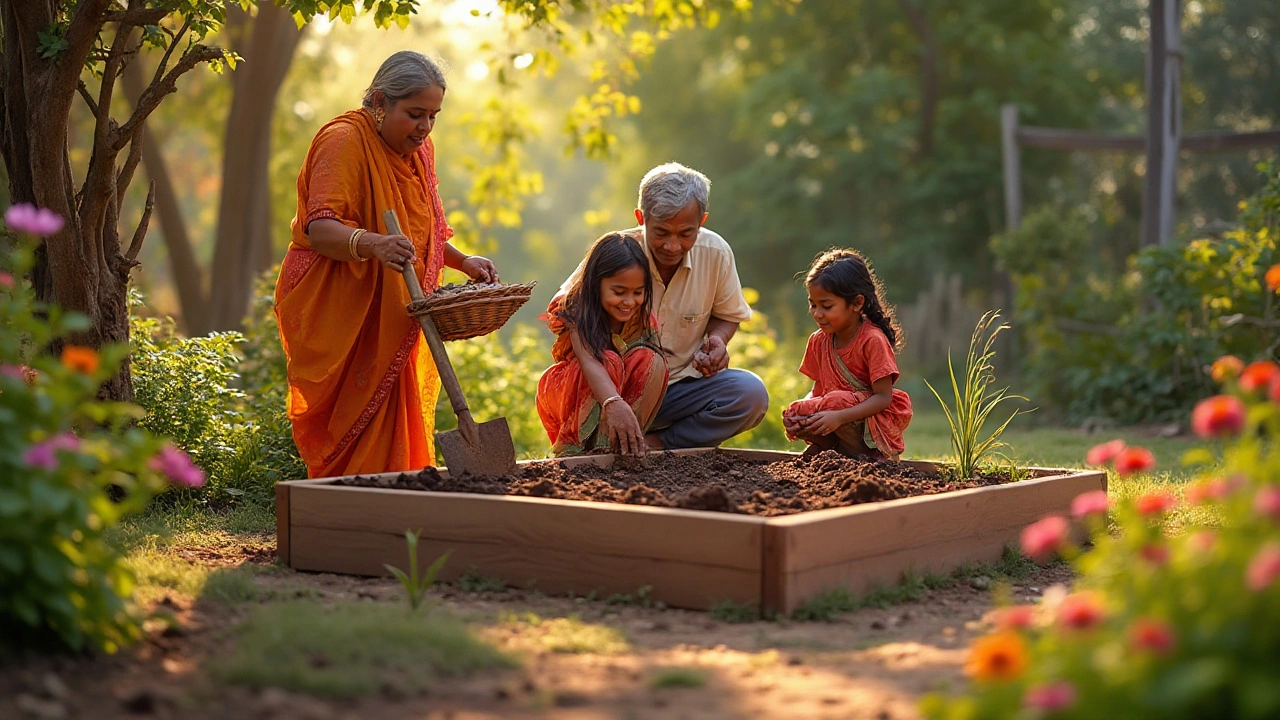
Calculating Soil Needed for a 4x8 Raised Garden Bed
Starting a raised garden bed is an exciting venture, particularly if you're aiming to cultivate a vibrant patch of greenery. Ensuring you have the right amount of soil is crucial in building the foundation for your plants to thrive. This task might seem straightforward, but certain nuances can make all the difference between a garden that flourishes and one that falters.
In this article, we'll walk through the essentials of gauging how many bags of soil you'll need for a standard 4x8 raised bed. We'll touch on the arithmetic behind volume calculations, delve into the magic of finding the perfect soil blend, and sprinkle in some handy tips to keep your soil—and your garden—at their best. So grab your trowel and let's dig into the details.
- Understanding Raised Bed Dimensions and Volume
- Choosing the Right Soil Mix
- Tips for Maintaining Soil Quality
- Maximizing Efficiency and Cost-Effectiveness
Understanding Raised Bed Dimensions and Volume
As you embark on the journey of setting up a raised garden bed, one of the first things you'll encounter is the importance of your garden's dimensions. The classic 4x8 configuration stands as a favorite among many gardeners because it strikes the ideal balance between space utilization and manageability. With this size, the garden bed is neither too unwieldy to access nor too cramped to offer ample growth space. The first step in determining how much garden soil you'll need involves a straightforward assessment of volume.
The calculation of volume is centered on three key measurements: length, width, and depth. For a 4x8 raised bed, the length is 4 feet, and the width is 8 feet. While the depth can vary based on plant needs and design preferences, many gardeners opt for a depth of about 1 to 2 feet. This allows room for roots to spread and thrive adequately, promoting robust plant health and vigor. To find the volume, you multiply these dimensions. For example, a depth of 1.5 feet in a 4x8 bed results in a volume of 48 cubic feet.
When you convert this figure to cubic yards to estimate your soil needs, you would simply divide by 27 (since 1 cubic yard equals 27 cubic feet). This means you'd require approximately 1.78 cubic yards of soil to fill such a bed to the specified depth. It's often recommended to buy a bit more than strictly necessary, ensuring you have enough soil to account for settling and compaction over time. According to gardening expert Joe Lamp'l, "There's a simple joy and satisfaction in seeing the numbers align with the thriving greens peeking through the soil aspects."
"A well-calculated garden leads to a flourishing harvest," says horticulturist Diane Elms.
Aside from the mathematics of volume, consider any potential pathways or arrangements around the raised bed that could influence access and maintenance. Space for you to water, prune, and harvest without compacting the soil is crucial for healthy operation. Raised beds also benefit from efficient water usage and can help prevent erosion. Proper design through understanding dimensions ensures that you make the most of your growing season and yield. Having this grasp of dimensions and volume isn't just about digging, planting, and waiting. Instead, it ties directly back to the broader vision of your garden, an oasis that sparks joy with every season.
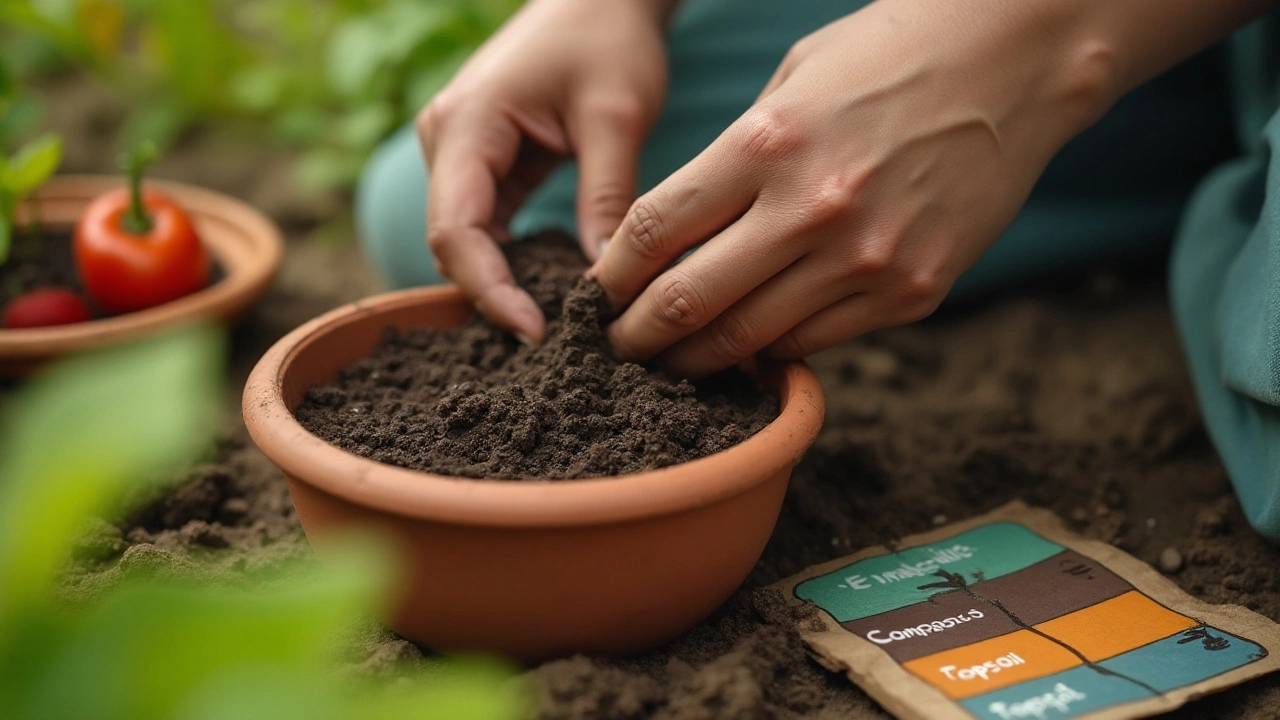
Choosing the Right Soil Mix
When targeting a successful planting experience in your raised bed, focusing on the soil mix becomes crucial. The roots of your plants are the lifelines to necessary nutrients, water, and air. Thus, a blend that provides these essentials is key to a thriving garden. Traditional garden soil may compact and cause drainage problems when used alone in a raised bed. Hence, a combination of different types of soil should be introduced to strike the right balance.
The foundation of the ideal soil mix often includes three core components: topsoil, compost, and a lighter component like coarse sand or perlite. Topsoil forms the bulk and provides mineral content, while compost aids in fertility and encourages healthy microbial activity. The lighter materials help improve aeration and ensure proper drainage, critical for raised beds. For many gardeners, the magic ratio often suggested is 60% topsoil, 30% compost, and 10% of a light component. Remember, these are starting guidelines; adjustments may be needed depending on specific plant requirements or environmental conditions.
Crafting your customized mix might initially appear daunting, but with a bit of understanding and experimentation, it becomes an art. Begin by assessing what you intend to plant. For example, if growing vegetables, richer soil with more nutrients would be suitable. Recent studies suggest that raised beds with optimal soil mixes can yield up to 50% more productive harvests compared to traditional garden beds. Considering adding organic matter annually is essential. Replenishing compost and other amendments yearly maintains soil health, keeping plants vigorous.
Using pre-packaged potting soil mixes designed explicitly for raised beds is optional for those who prefer convenience. These mixes are formulated to provide an immediate boost to your seedlings. However, mixing your ingredients allows customization, greater control over each component, and often, economic benefits. As with any art form, patience and observation are vital. Monitor how your soil performs throughout the growing seasons and be ready to make adjustments.
Did you know that the pH level of soil plays an integral role in plant health? A typical raised bed mix should have a neutral pH, favorably between 6 and 7.5. You may wish to conduct a soil test to determine this. If adjustments are necessary, adding lime to increase pH or sulfur to lower it can bring you closer to the ideal range. Soil preparation becomes as fascinating as nurturing the plants themselves, enhancing your connection with the garden.
Considering sustainability is now more important than ever. Opt for locally sourced components when possible, such as using leaves or wood chips as mulch. Not only does this support community resilience, but it may also reduce the carbon footprint of gardening practices. As Helene Paul's 'Guide to Earth-Friendly Gardening' suggests, "Adopting sustainable gardening starts with the soil you sow."
Ultimately, creating the right soil mix for your raised bed touches on a balance of science and intuition. Each gardener's journey with soil is unique, shaped by their plant choices, regional conditions, and personal preferences. Remember, the most important thing is to enjoy the process and stay curious.
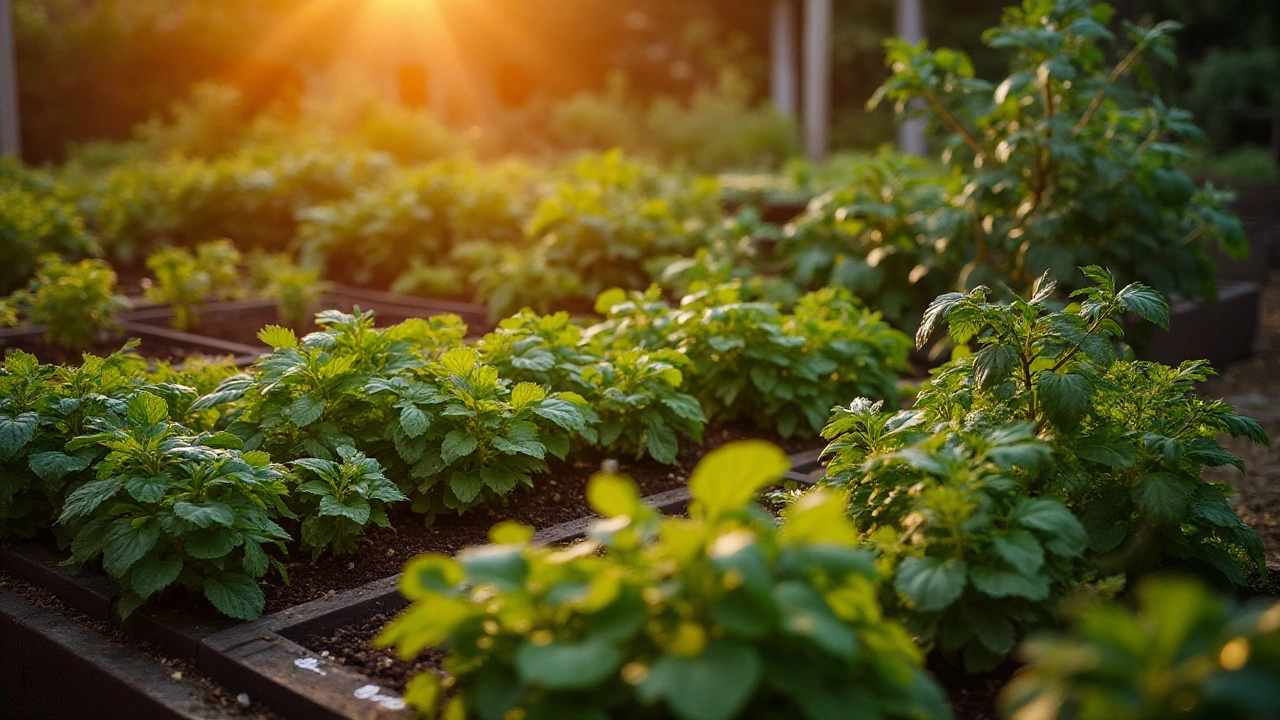
Tips for Maintaining Soil Quality
Every successful gardener knows that the secret to a lush and thriving garden lies beneath the surface, quite literally. Maintaining the quality of soil in your raised bed garden is a continuous process that involves several thoughtful practices. To begin with, regular soil testing is crucial. This allows you to determine the nutrient composition and pH level of your soil. By doing so, you can make informed decisions on the amendments needed to create an ideal growing environment. Usually, you want your soil to be slightly acidic to neutral, within a pH range of 6.0 to 7.0, which is suitable for most plants.
Beyond testing, one should not underestimate the power of a good compost. Incorporating organic matter into your garden soil can dramatically improve its structure, nutrient content, and moisture-retention capabilities. Aim to add a layer of compost, about an inch thick, to the bed at least twice a year. This practice not only rejuvenates the soil but also encourages earthworms—nature's tillers—to thrive. According to Sir Albert Howard, a pioneer of organic farming, "The health of soil, plant, animal, and man is one and indivisible."
Caring for soil means not just feeding plants, but nurturing an entire ecosystem within your garden.
Another effective method for sustaining soil quality is through crop rotation. By changing the location of plants year after year, you reduce the risk of pests and diseases, and prevent the depletion of specific soil nutrients. Each plant species extracts and contributes different nutrients to the soil, so rotating crops can balance out these changes and boost overall soil health. Companion planting also plays an integral role. For instance, legumes can fix atmospheric nitrogen into the soil, promoting the growth of accompanying plant species without the need for chemical fertilizers.
Mulching is an often underrated tool in a gardener's toolkit. Placing a layer of organic mulch, like straw or wood chips, on top of the soil helps in retaining moisture, suppressing weeds, and eventually decomposing to further enrich the soil. Sometimes overlooked, cover crops such as clover or vetch can also be of significant benefit during the off-seasons. They prevent erosion, reduce weeds, and upon plowing under, add organic material back into the bed.
It’s also essential to avoid compacting the soil. Walking on garden beds compresses the soil particles, which reduces aeration and drainage, making it more challenging for plant roots to grow efficiently. Raised beds are designed for minimal foot traffic, so be sure to plan your garden layout to eliminate the need to step on the soil. With methods like these, not only do you maintain a healthy ecosystem in your raised bed, but you also set a sustainable model that mimics natural processes, helping your garden flourish season after season.

Maximizing Efficiency and Cost-Effectiveness
Creating a raised garden bed offers a host of benefits, from better control over soil quality to increased accessibility. Yet, a crucial factor to bear in mind is how to achieve the most out of your gardening venture without breaking the bank. It involves strategic choices and planning that carve a path to gardening success. For starters, understanding how many bags of soil you need can make a world of difference. A typical 4x8 raised bed, assuming it's 12 inches deep, will have a volume of about 32 cubic feet. Depending on the brand and type, a bag of garden soil generally holds between 1 to 1.5 cubic feet. Learning this simple calculation can ensure you don’t over-purchase or run short, saving not just money but also effort.
Smartly sourcing your garden soil is another pivotal consideration. Buying in bulk from local nurseries or garden centers can often be more budget-friendly than purchasing individual bags from big-box stores. Locally sourced soil may also be tailored to regional growing conditions, providing your plants with a healthier start. But never ignore the composition of the soil! It's not unusual to feel tempted by the cost savings associated with cheaper options, but quality truly is key, especially when it concerns your plants' health. A sifted soil mix with peat moss or compost can provide essential nutrients, ensuring robust plant growth.
Efficiency in Garden Planning
Plan out your planting layout to avoid wasting precious soil space. This practice not only uses all available soil efficiently but also determines how you maximize productivity. Consider companion planting, a method that encourages plants to work harmoniously together, optimizing the soil coverage and growth rate. For example, placing fast-growing plants next to slower-growing ones means you'll harvest more throughout the season, utilizing that soil to its full potential.Using mulch over your raised bed further contributes to both efficiency and soil health. Mulch acts as a protective layer, conserving moisture, suppressing weeds, and aiding in maintaining consistent soil temperatures. These benefits mean less watering, fewer herbicides, and ultimately lower costs. A small investment in good-quality mulch pays dividends over time. According to a recent survey, gardens that utilized mulch showed a 30% reduction in water usage, an impressive statistic for those environmentally conscious and cost-aware.
"Gardening wisely doesn't just grow plants, it cultivates savings," says renowned horticulturalist Dr. Jamie Webster.Another tip is to reuse and recycle materials whenever possible. Old newspapers, cardboard, or straw can be fantastic alternatives to commercial mulches, offering protection without costing a dime. And if you create your own compost from kitchen scraps, you'll generate a sustainable, nutrient-rich soil amendment that reduces the need for costly fertilizers. Ultimately, by integrating these strategies, your raised garden bed will stand as a testament to both its beauty and economic value, offering bountiful harvests with minimal expense.
About
Gardener Support India is your go-to online destination for expert advice on gardening and horticultural services in India. Whether you're a beginner or an experienced gardener, our platform offers extensive resources, tips, and support tailored to Indian climates and plant species. Explore a wide range of guides on plant care, sustainable gardening practices, and innovative gardening solutions. Connect with local experts to enhance your gardening experience and maintain a flourishing garden. Our dedicated services aim to empower Indian gardeners with the knowledge and tools needed for a successful gardening journey.
Latest Posts

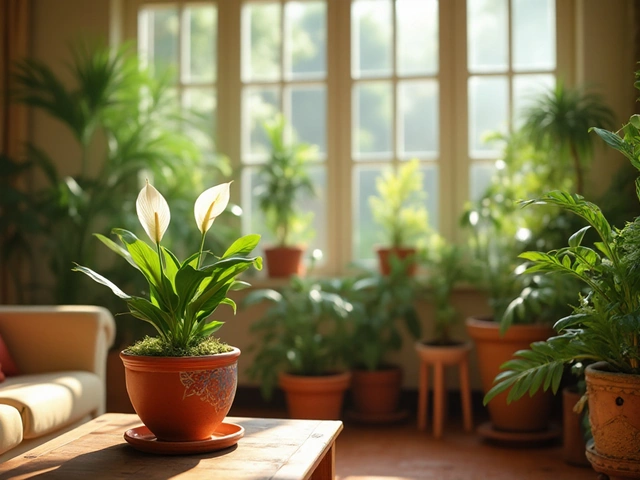
Top Air-Purifying Houseplants for a Healthier Home
By Alden Thorne Jan 3, 2025
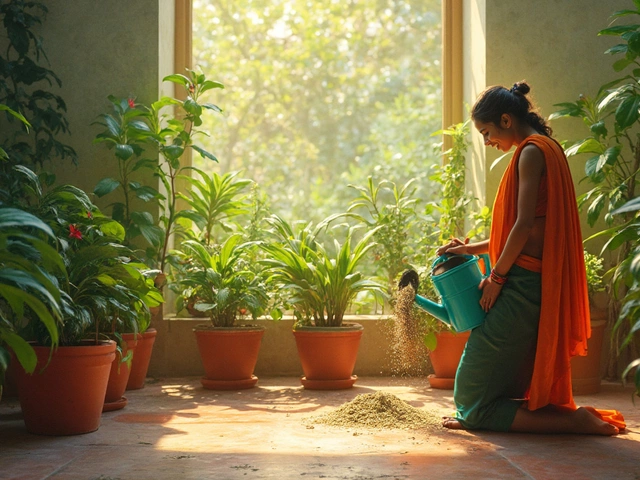
Adding the Right Ingredients to Water for Thriving Indoor Plants
By Alden Thorne Mar 5, 2025

Best Fruits and Vegetables to Grow in Pots for a Thriving Balcony Garden
By Alden Thorne Jan 12, 2025
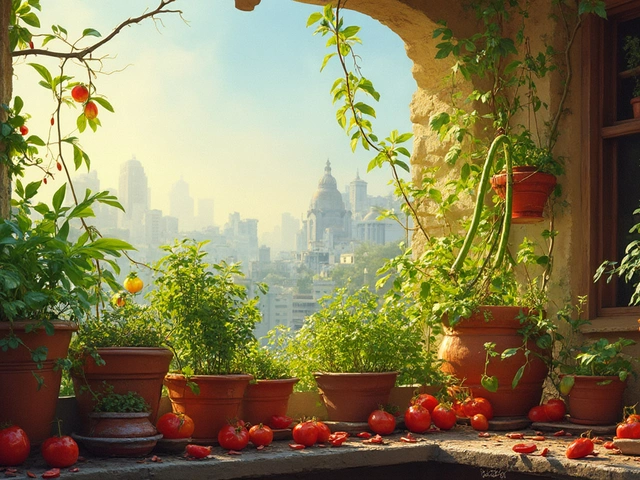
Write a comment